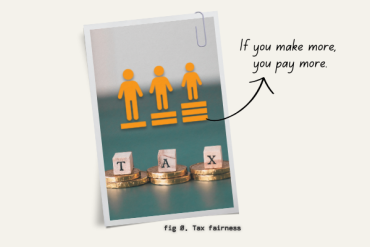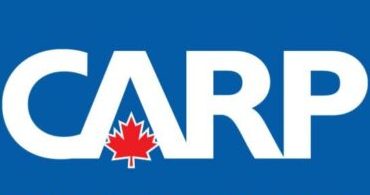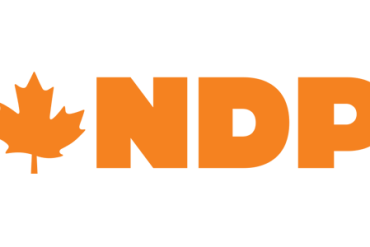BC’s Tax System Fairer Since 2017, Richest 1% Paying More But Still Not Their Fair Share
Changes to BC’s personal tax system since 2017 have improved tax fairness, benefiting low- and middle-income earners the most while the richest 1% are paying more. However, the wealthiest are still not contributing their fair share, according to a new report by the Canadian Centre for Policy Alternatives-BC Office.










